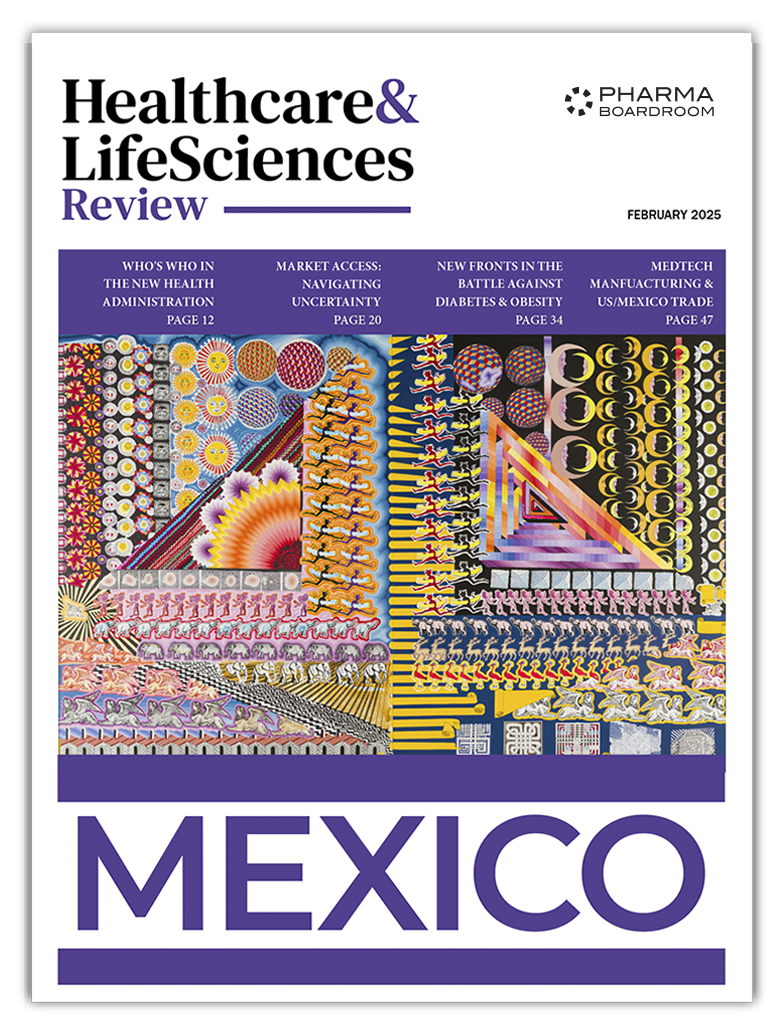Sworn in this month as Mexico’s first female president, Claudia Sheinbaum has pledged “continuity with change,” with respect to her predecessor Andrés Manuel López Obrador’s policies. While she has promised to drive forward the healthcare reforms López Obrador introduced – namely universal coverage – she has also set out a long list of programmes of her own. But with Mexico’s high budget deficit, it remains to be seen how the new leader’s ambitious plans can be bankrolled.
Universal Coverage
In her inaugural presidential speech, Sheinbaum outlined the reforms she plans to put in place as part of the sweeping “100 Steps for Transformation” plan to be implemented between 2024 and 2030. The speech covered everything from housing to inflation, gender violence, education, and to a large degree, healthcare.
At the core of Sheinbaum’s healthcare ambitions is IMSS-Bienestar, a system that resulted from the previous government’s universal healthcare pledge but that has yet to be fully adopted across Mexico’s states. The new president aims to universalize access to quality health services by consolidating IMSS-Bienestar and integrating all of Mexico’s states into the system, something new health secretary David Kershenobich reiterated this month in his first meeting with health leaders from the country’s 32 states and the directors of its public health institutions.
Prevention and Primary Care
Beyond reinforcing IMSS-Bienestar, Sheinbaum is looking to fill the country’s current gaps in preventive medicine and primary care. The creation of a new “health at home” programme for senior citizens involves home visits to assess the elderly population’s health. Sheinbaum’s proposed maternal and infant care programme aims to support pregnant women and newborns while she has also promised to turn public schools into health prevention centres.
In his address to health leaders, Kershenobich stressed the aim of focusing on preventive medicine and primary care at a federal level. With this objective in mind, he said that the health department would start working on a series of national protocols to standardize diagnostic and therapeutic procedures, which will be binding for both public health institutions and the private sector.
Medicine Shortages and Health Education
Yet another major pledge is to create the “pharmacies for wellbeing” programme that will start in 2025. Aimed at tackling Mexico’s widespread medicine shortages by strengthening supply and distribution and taking over from López Obrador’s “mega pharmacy” plan that never got off the ground, these new pharmacies are set to provide free basic medications, although how this will be implemented is yet to be specified.
In a country where diabetes affects approximately 13 million people, or around 30 percent of the adult population, Sheinbaum also plans to tackle obesity, hypertension, and diabetes through an educational campaign promoting healthier lifestyle choices.
Budget Constraints
With the country facing the largest budget deficit since the 1980s and little previous investment in healthcare, it is unclear how the new government will finance these ambitious plans. “Mexico has one of the lowest levels of health investment relative to GDP,” laments recent PharmaBoardroom interviewee Oswaldo Bernal, GM at Bristol Myers Squibb Mexico. “With only 2.5 percent of the GDP allocated to health, Mexico struggles with reimbursement issues and lacks the financial capacity to provide cutting-edge treatments to all who need them,” Jorge Luis Caridad, managing director of Johnson & Johnson Innovative Medicine, Mexico concurs. The World Bank estimated that 3.1 percent of GDP was spent on health in 2021 and CIEP calculated 2.7 percent for 2023.
Nearshoring is a trend that has helped Mexico attract considerable foreign investment. “The Mexican government’s promotion of nearshoring is particularly relevant due to recent changes in global trade dynamics and the need for more resilient supply chains. Consequently, we see a lot of companies coming not only from the US but also from China, Korea, Taiwan, Vietnam, and other countries, seeking to establish operations in Mexico,” says Francisco Chavez, VP and general manager Latin America at Thermo Fisher Scientific.
Despite these inbound investments, the country’s GDP growth forecast for this year has been lowered by the central bank from the previous 2.4 percent to 1.5 percent. And, another possible economic hurdle for Mexico could be the result of the elections in the US, its top trading partner seeing as Donald Trump has claimed he would raise tariffs on goods coming from Mexico.
Sheinbaum’s proposed policies will most certainly require a fresh cash injection. “The aim of … the incoming government is to achieve universal coverage. To achieve this, it is essential to regain strong health leadership. This will not happen magically; it requires investment,” asserts Miguel Lombera, president of the Mexican National Association of Drug Manufacturers (ANAFAM).
Despite the new government’s economic challenges, some pharma and medtech industry leaders remain optimistic. “We are anticipating positive changes. We hope the new administration will bring more progressive policies that foster industrial development and attract additional companies to Mexico,” says Carlos Hernandez, COO of OECHSLER Mexico.



